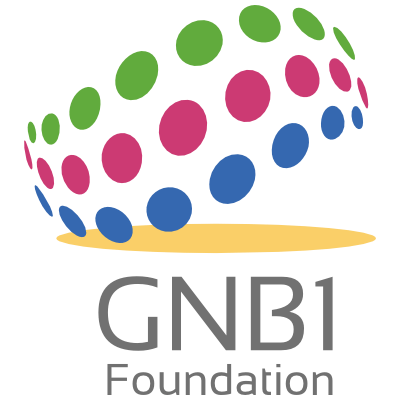Symptoms & diagnosis
What is GNB1 Syndrome?
Our bodies are made up of cells, scientists estimate over 37 trillion of them. Everything we do relies on the constant dialogue between these cells as they carry out their individual and collective functions. Such communication systems are complex and made up of many parts. GNB1 Syndrome is a genetic mutation to the GNB1 gene that affects one small, but important part of this communication system.
The part of the communication system effected, know as G proteins, changes how cells respond to certain environmental or chemical stimuli. For those affected with GNB1 Syndrome this means a range of developmental and medical challenges. Depending on how, when and where in the body these pathways arw effected, an individual might have the profile of a child on the autism spectrum disorder or in other cases be classified with a severe movement disorder.
The single greatest commonality of those with GNB1 Syndrome and of most urgent concern is the prevalence of epilepsy. This distressing condition is made more difficult as this same communication pathway that is causing epilepsy, is also the mechanism by which the body responds to many drugs. These biological pathways are key targets for over 40% of existing drugs (and the vast majority of drugs currently in development) for many conditions. This makes finding a better treatment for these kids paramount, but also offers a great opportunity to the community as a whole to better understand these fundamental mechanisms and how they are altered in disease.
Learn more about GNB1 Syndrome and G Proteins here
GNB1 Facts
- First identified in 2016
- 64 known cases worldwide (and counting)
- Global developmental delay
- Hypotonia (low muscle tone)
- Seizures
- Ophthalmological manifestations
- Growth delay
Getting a Diagnosis
- Neurogenetics specialist
- Most children to date diagnosed via tri-xenome sequencing (read more here).
- Specific genetic testing can be requested.
- Additional resource: MyGene2
Learn more about GNB1 here. Meet those affected by GNB1 and read our stories.
